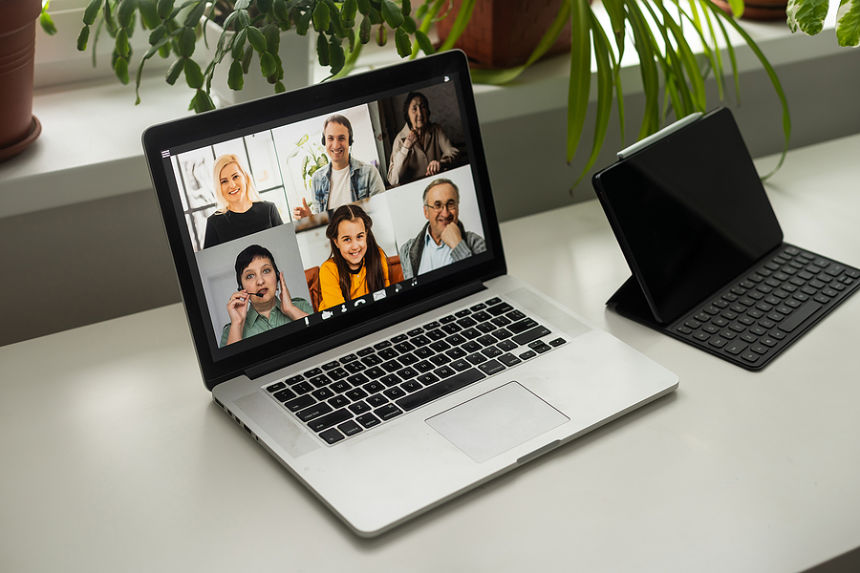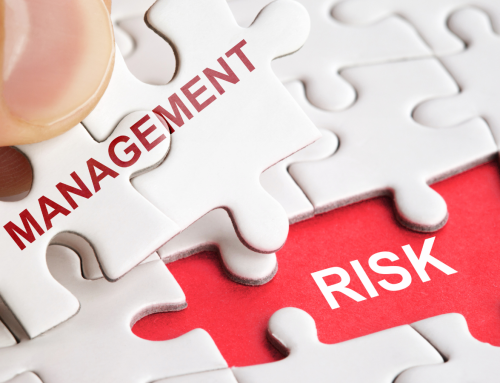Person-to-person communication has undergone a paradigm shift from what it was many years ago. Then, practically every communication was through face-to-face interactions, by telephone, or on paper. Nowadays, there are almost limitless ways in which one can transfer information. Personal and workplace communications can occur via emails, text, Skype and other visually interactive platforms, video conferencing, social media, and so on. You can now easily communicate with one or multiple people simultaneously.
Contemporary business communications offer a host of advantages in terms of speed, volume, type of information (text, graphics, audio and videos, etc.), cost-effectiveness, and ease of use.
The other side of modern business communication
The COVID pandemic has forced thousands of Australian employees to work from home at various times. Many of us feel that we are living most of our working and personal lives through screens; so has excessive screen time and constant connectivity led to mental and physical exhaustion?
Effects of excessive screen time
Overall wellbeing is key to the success of the organisation. General wellbeing encompasses emotional as well as physical and mental health. The world of work and business has been deeply impacted due to the coronavirus outbreak, and employees are under more stress and pressure than ever.
According to Doreen Dodgen-Magee, the author of ‘Deviced! Balancing Life and Technology in a Digital World’, excessive screen time can and often does lead to sleep disturbances, anxiety (as there is a strong tendency to be plugged into a stream of information), an ambient fear of being left out of workplace interactions, and depression. Recent statistics indicate that the average Australian worker spends a minimum of 5.5 hours glued to screens, which amounts to approximately 33% of one’s entire working life.
Screen fatigue can force employees to experience eye strain, headaches, dry eyes, irritation, blurred vision and dizziness. Prolonged screen time can induce insomnia and changes in the brain, resulting in poor cognitive functioning and increased cravings. Employees may be at higher risk of developing eating disorders, having impaired relationships with colleagues and family members, and demonstrating erratic and disorganised behaviour patterns.
What managers can do to reduce screen fatigue
Excessive screen time is a real and serious issue. The secret lies in adopting a mindful approach to help your employees achieve a healthy work–life balance. Managers may wish to consider following the strategies described below to streamline screen time in the workplace and work-from-home situations.
- Implement regular breaks and screen-free times and ensure that the employee is not obliged to respond to notifications or attend online meetings during that time.
- Encourage employees to enjoy social lunchtimes with their colleagues without their devices, gadgets or phones.
- Advise your team to use apps that notify you of break times.
- Conduct technology-free, in-person meetings whenever possible. Not all meetings require devices. Encourage employees to indulge in face time (quite literally) and use an old-fashioned whiteboard to communicate ideas.
- Implement flexible schedules and ensure that employees are not obliged to respond to messages and emails after business hours.
- You can also discourage employees from spending their free time on screens, as this adds to their fatigue.
If you have remote employees, you should implement efficient project management that allows them to focus on actual tasks instead of constantly checking for emails and responses. Tasks should be prioritised so employees do not feel overwhelmed by the amount of work left to do; doing this helps them plan their work and reduce screen time.
Virtual meetings: how to make them unbiased and inclusive
So far, we have discussed the physical and mental health effects of excessive screen time. We will now explore the other crucial component of virtual workplaces: inclusivity. Technology has made it possible to execute virtual meetings with remote employees, suppliers, and customers who belong to a diverse range of ethnicities and cultures. Compared to face-to-face interactions, virtual meetings do not allow for observation of body language and non-verbal cues.
Tips for managers to ensure that virtual meetings are inclusive and free of unconscious bias
Start the video feature to help mitigate distance bias. Make an effort to be emotionally authentic and ask your employees how they feel. Ensure that you encourage all employees to participate in the meeting and not just the more outspoken personalities. Schedule meetings for the correct duration, which should be no more than 45 minutes.
ESN’s team can provide advice and assistance to help you deal with the changing nature of workplace communications as well as providing wellness webinars to assist employees in managing stress and physical capacity when working virtually. Please contact our team for suggestions today.
Article References
https://www.smh.com.au/business/workplace/curb-your-screen-time-and-you-improve-mental-health-20200722-p55eig.html/
https://www.hse.gov.uk/msd/dse/work-routine.htm
https://www.itproportal.com/features/breaking-down-barriers-to-inclusivity-with-technology/





